Lupine from seed
last year
Featured Answer
Sort by:Oldest
Comments (14)
- last year
- last year
Related Professionals
Cupertino Landscape Contractors · Hayden Landscape Contractors · Medford Landscape Contractors · Seymour Landscape Contractors · Kuna Carpenters · Rancho Cordova Carpenters · Laguna Hills Fence Contractors · Modesto Fence Contractors · Orangevale Fence Contractors · Caldwell Landscape Contractors · Fort Hunt Landscape Contractors · New Berlin Landscape Contractors · Palos Verdes Estates Landscape Contractors · Tustin Landscape Contractors · North Aurora Landscape Contractors- last year
- last year
- last year
- last year
- last year
- last year
- last year
- last year
- last year
- last year
- 7 months ago
Related Stories

GARDENING GUIDESHow to Plant a New Lawn From Seed
Choose from more grass varieties and save money over sod by starting your lawn from seed
Full Story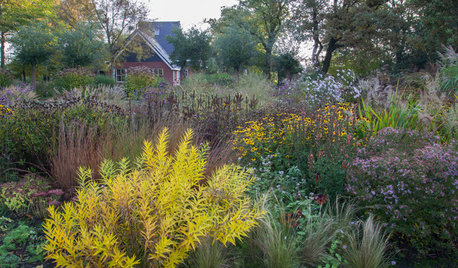
NATIVE PLANTSHow to Grow a Garden From Seed
Planting grasses and flowers from seed is economical, minimizes garden maintenance and benefits local wildlife
Full Story
CONTAINER GARDENS8 Easy Container Plants to Grow From Seed
Get beautiful blooms and herbs in summer by starting these choice garden picks from seed in spring
Full Story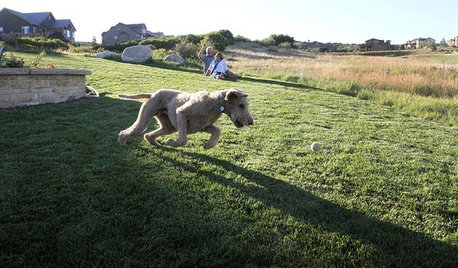
PETSProtecting Your Pet From Your Yard and Your Yard From Your Pet
Check out these tricks from vets and landscape designers for keeping your pets and plantings safe in the backyard
Full Story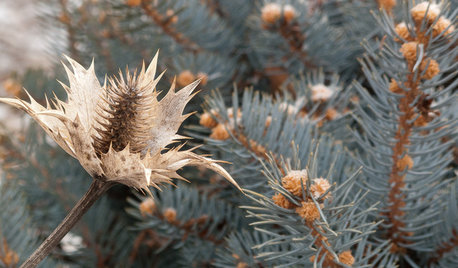
WINTER GARDENINGInspiring Winter Scenes From the Denver Botanic Gardens
Use seed heads, bare branches and grasses to design lovely garden displays when the ground is frozen
Full Story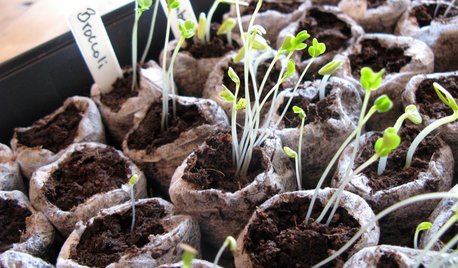
WINTER GARDENINGYour Essential Seed-Starting Glossary
Before starting plants from seed indoors, learn these common horticulture terms
Full Story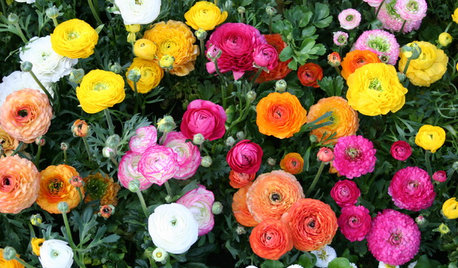
GARDENING GUIDESPlanting Time! How to Order From the Garden Catalogs
Catalogs and online sources offer plants as well as seeds. Here’s what to look for before you buy
Full Story
GARDENING GUIDESGreat Design Plant: Wild Lupine Dresses Up Rocky Gardens
Spiky blue flowers and a high tolerance for poor soil make this plant ideal for tough sites
Full Story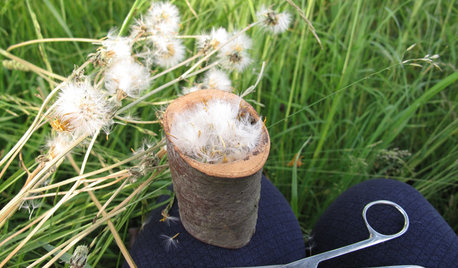
HOLIDAYS6 Holiday Gifts From the Garden
Your garden holds an abundance of gift ideas for your nature-loving friends — wreaths, bee houses, framed photos and more
Full Story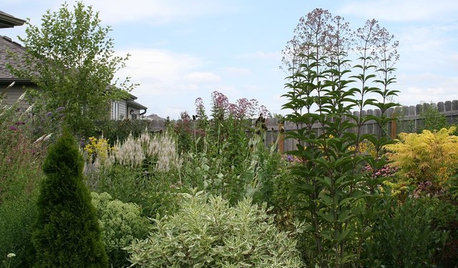
GARDENING FOR BUTTERFLIESGreat Design Plants: A Bevy of Beauties from the Meadow
Draw butterflies, birds and bees to the garden year-round with these low-maintenance Eupatorium varieties
Full StoryMore Discussions






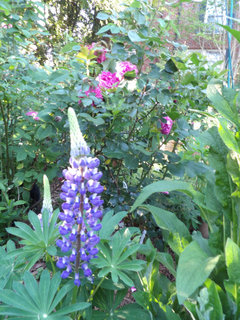
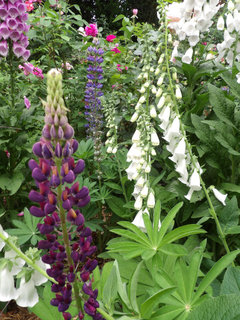


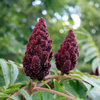
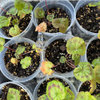
peren.all Zone 5a Ontario Canada